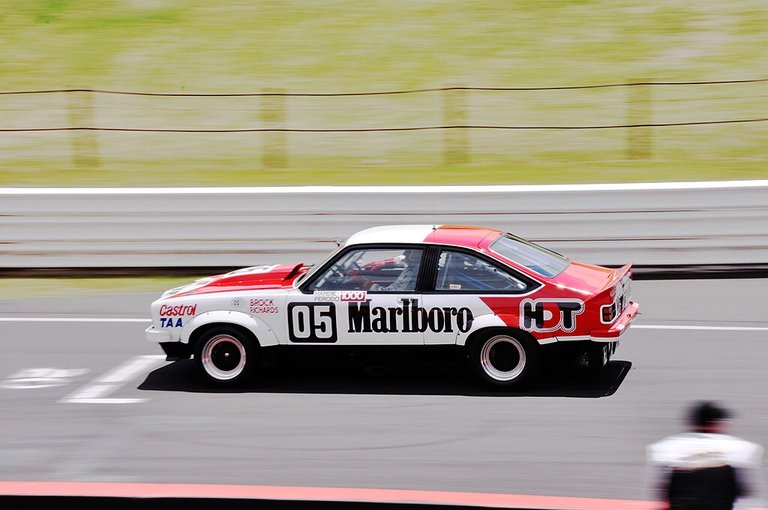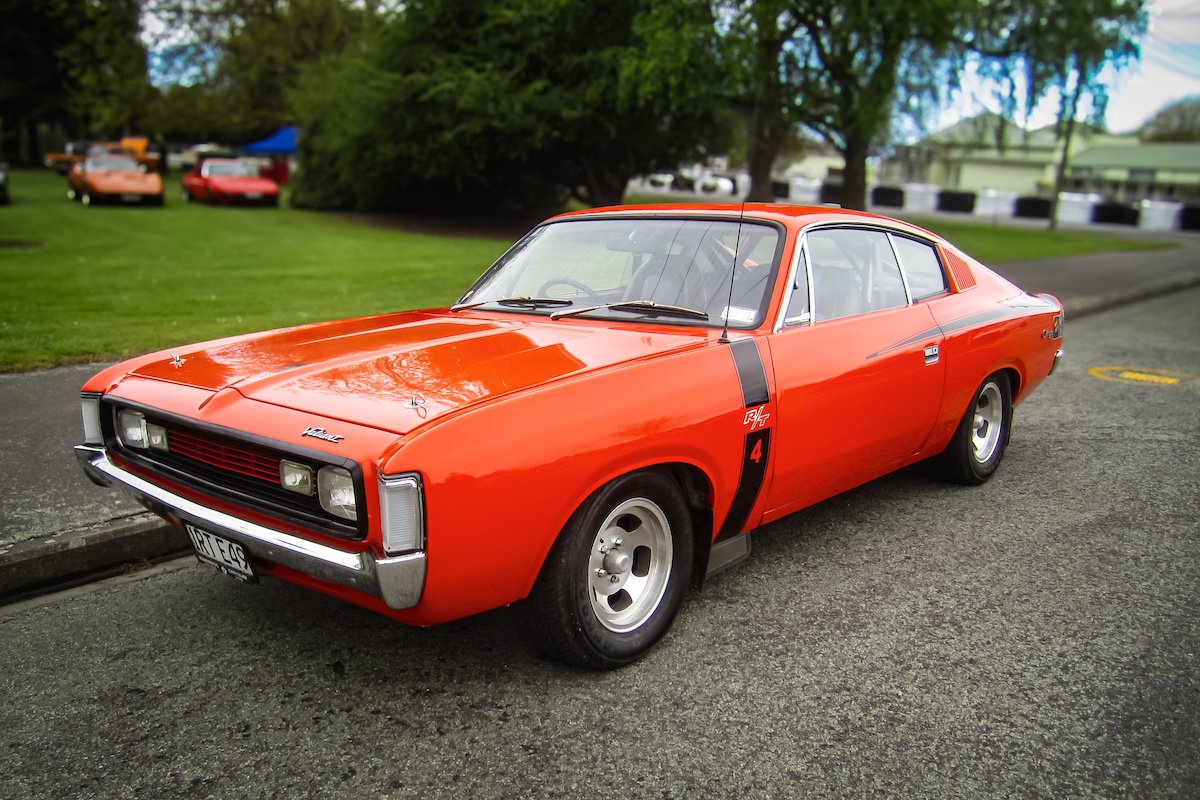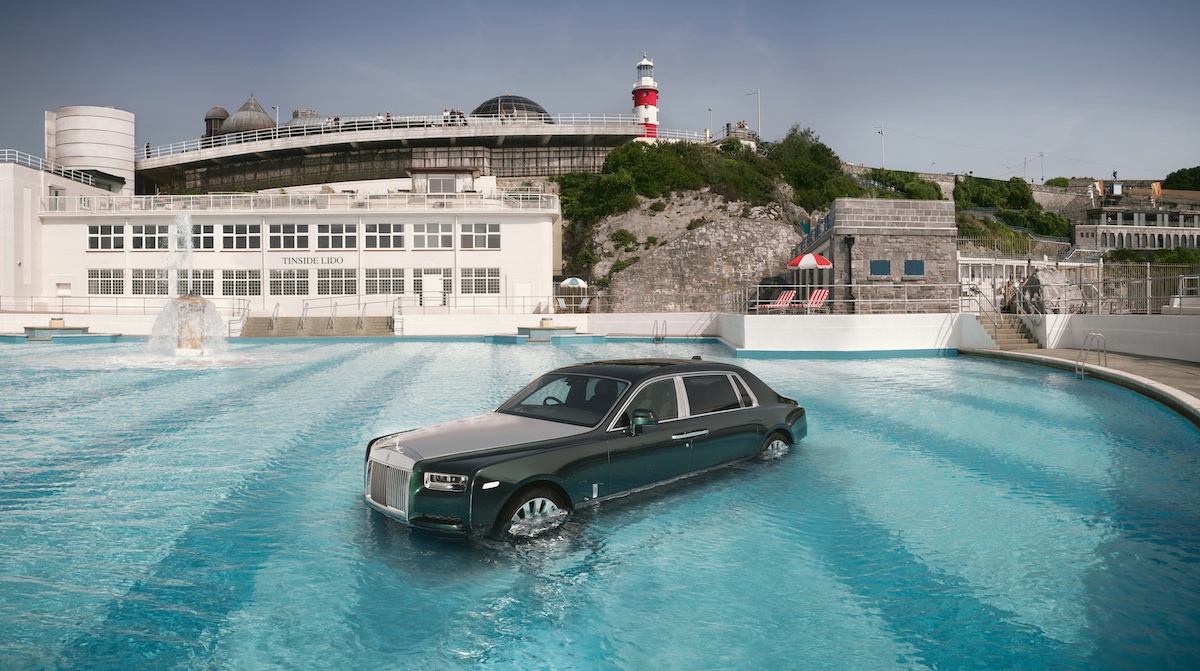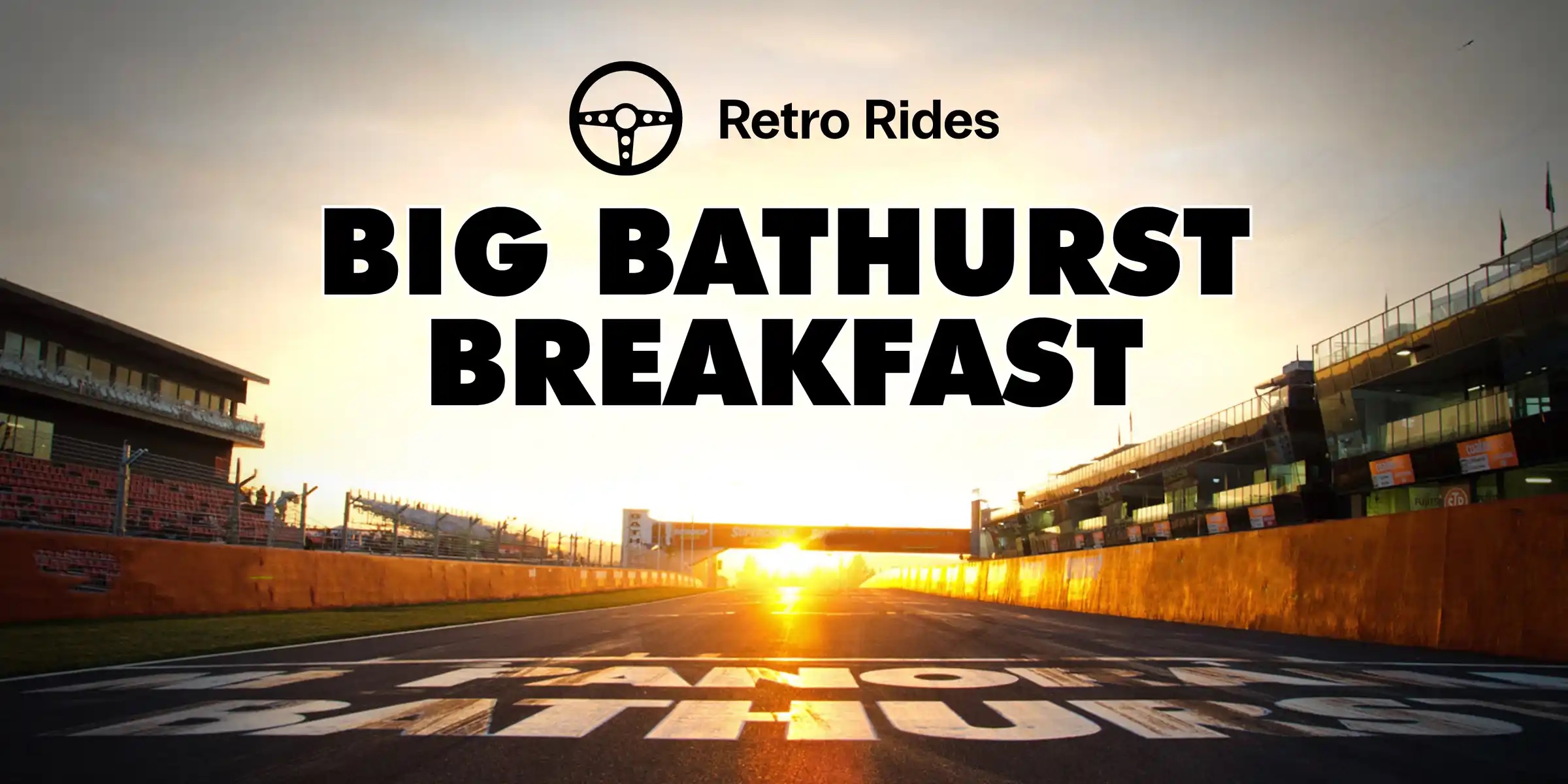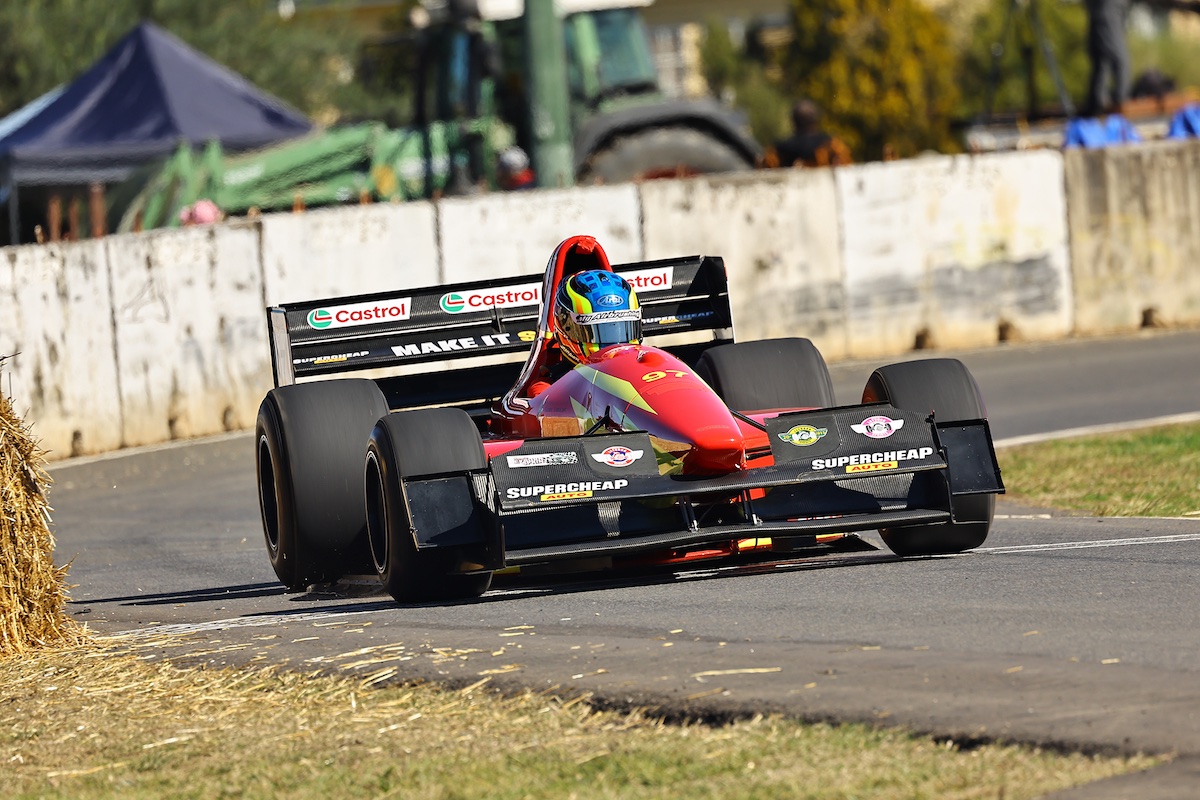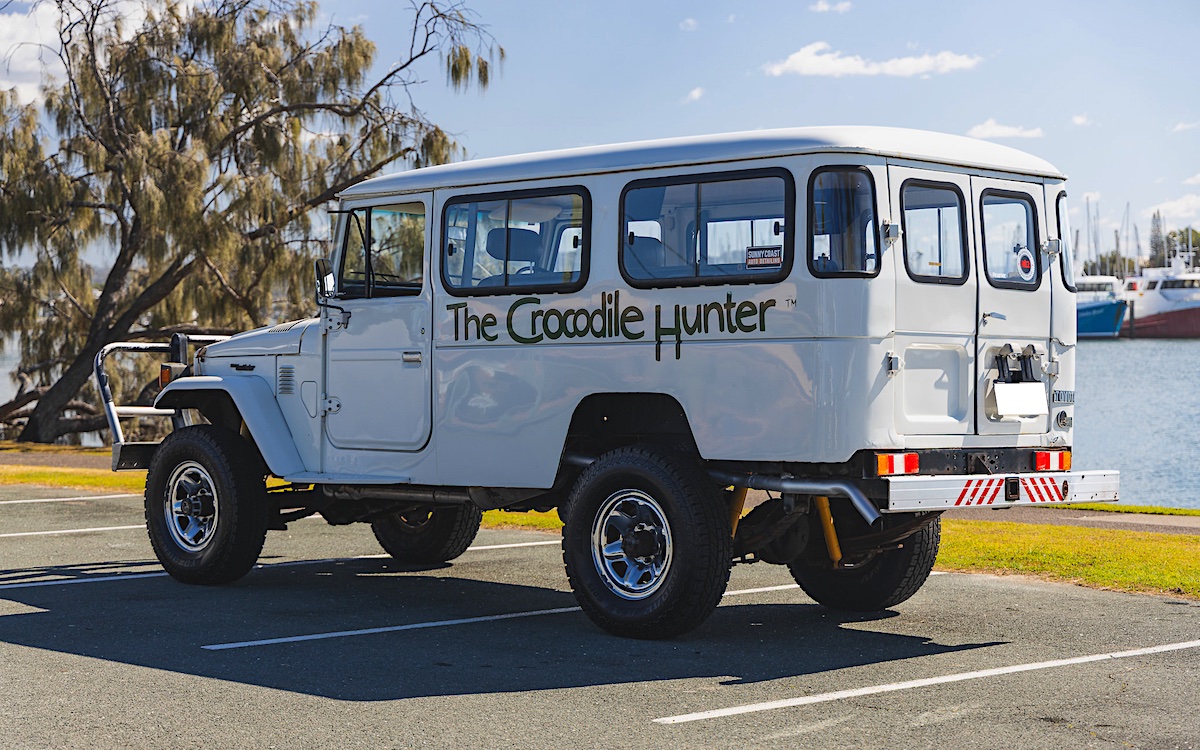How Australia and the Bathurst 1000 helped shaped the era of tarmac racing homologation specials.
It takes a special car to win Australian motor sport’s most important race.
‘Win on Sunday, Sell on Monday,’ was never more significant than in the early hours of an October Monday, when banners were hung and dealership windows dressed with signage inviting potential buyers to ‘Come and Drive a Bathurst Winner’.
Reaching the pinnacle was rarely easy. The cars that conquered Bathurst, in all their incarnations, needed pace, luck, driving skill, and the guile of wily engineers with intimate knowledge of how to best exploit race rules and regulations to best advantage.
Cars that contested 500 Mile races in the years pre-1973 were ostensibly standard. However, their attributes could be manipulated to maximise performance, improve fuel economy and extend tyre life while remaining far enough within the boundaries of a production car to avoid disqualification.
Once ‘Improved Production’, Group C and latterly Group A rules were applied, greater opportunities presented, but so did the threat to local models from cars with international credentials. Despite this, in almost half of the races held under the international Group A formula, Australian cars prevailed.
The ‘Homologation Special’ wasn’t an Australian invention, but Australians certainly helped perfect it.
The cars raced in Australia were developed to serve a specific purpose, suited to particular events and circuits. For Mt Panorama, they needed tall gearing to maintain high speeds on long straights, uprated brakes to give drivers some hope of making them stop, and large fuel tanks to ensure fewer pit stops.
The first model specially modified for the Bathurst 500 endurance event was Holden’s S4. The first one to win, the Ford Cortina GT500, appeared in 1965, with overseas brands not far behind the locals.
Here, in chronological order and with no attempt to rank them based on achievement, are 10 cars which would cover themselves in glory while contesting endurance events at Mount Panorama.
Most were race winners on at least one occasion and even the cars that didn’t win certainly had the credentials to do so.
FORD CORTINA GT500
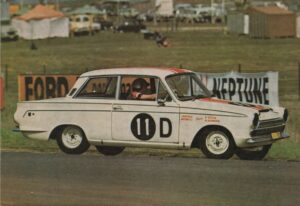
There’s no reliable production number for the Cortina GT500, although 120 were built to full ‘race’ specification
The badge says it all really. This was a version of the Ford’s Mark 1 Cortina designed specifically to win the 1965 Bathurst 500.
Ford had taken line honours in 1963 and 1964 with earlier Cortinas and team chief Harry Firth was leaving nothing to chance when gunning for a three-peat.
The earlier cars had been threatened by Holden EHs, Triumph 2000s and V8 Studebakers but still won the battle of attrition. For 1965, Firth wanted cars that could run all day without mechanical stress, so engines were adapted to cope with constant high revs.
Fitting a bigger carburettor would deliver more power but used extra fuel and refilling the Cortina’s low-set tank cost time. The solution for Firth and his team was to fit a second fuel tank fed by twin fillers and linked to the original for a total of 77 litres. Disc front brakes were standard but cooling scoops were added.
No reliable build number for the GT500 is available, with 120 cars believed to have reached full ‘race’ specification, followed by perhaps 180 with the dual fillers and badges but lower levels of mechanical preparation.
A total of 10 GT500s entered the Bathurst 500 in 1965, with six finishing and Barry ‘Bo’ Seton taking the flag just ahead of future winner Bruce McPhee.
The GT500s didn’t return for 1966 and although around 300 were made, surviving cars have become hard to locate.
FORD XR FALCON GT
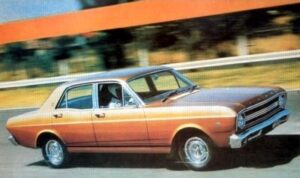
Not all XRs came in the hero GT Gold colour scheme, including the 1967 Bathurst 500 winner which was finished in white
It was obvious to anyone involved in local motorsport that V8-engined Falcons would be serious weapons in the battle of Mt Panorama. However, they probably didn’t expect Ford to go a step further and create a special model to perform the task.
May 1967 saw a spectacular and significant version of the XR Falcon released, with its GT Gold paint, flashy Mustang-inspired steering wheel and gearshift, chromed wheel covers, GT stripes and badging.
Under the bonnet, things got better again, with power from the 289 cubic inch V8 climbing to 169kW, or 10 percent more than was delivered by the basic version.
A four-speed manual transmission was standard, as was a limited slip differential, while the top speed allowed by the 2.93:1 final drive was a heady 121mph (195km/h).
Despite a wealth of latter-day imagery to the contrary, not all XRs came in the hero GT Gold colour scheme, either. This includes the 1967 Bathurst 500 winner which was green and the runner up which was white. Eight other XR GTs that year sported the distinctive silver race livery of 1967 Bathurst race sponsor Gallaher Tobacco.
Some of these cars were later used as everyday transport by Gallagher sales reps and several have survived, as does the race winning car driven by the legendary Fred Gibson and Harry Firth.
HOLDEN MONARO GTS 327 & 350
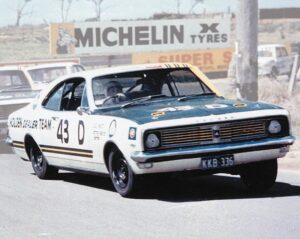
The HT Monaro GTS 350 produced 224kW thanks to a larger 5.7-litre engine and higher compression ratio
Forget Porsche 911s, Jaguar E-Types and Corvette C2s. The car turning heads in 1968 Australia was Holden’s HK Monaro, especially the GTS 327 version that was clearly intended to win at Bathurst.
Holden had designed its HK range to accommodate Chevrolet V8 engines, so installing the more potent 5.3-litre version was no problem.
Eight GTS 327 Monaros were entered for the 1968 Bathurst 500 and they filled the first four places outright before one car was disqualified. The race would end up being stalwart Holden driver Bruce McPhee’s only Bathurst win, although he did finish runner up on three other occasions.
Estimates of GTS 327 production range from the 250 minimum required to qualify for the Bathurst 500, to around 600 units. The truth likely falls somewhere in between. Over time, lesser Monaros have been converted to resemble 327s so it may take expert inspection to verify genuine cars.
A year after the HK model’s debut Bathurst win, Holden went a step further by installing Chevrolet’s bigger and more powerful 5.7-litre V8 in its HT GTS 350 Monaro. Where the GTS 327 produced a notional 188kW, the GTS 350 was good for 224kW thanks in part to its extra cubes and higher 10.25:1 compression ratio. The big coupe’s top speed on Bathurst’s Conrod straight was around 130mph (210km/h).
Although the HT Monaro looked on paper to be outgunned in their quest for the 1969 Bathurst 500 by Ford’s new XW Falcon GTHO, tyre problems caused the Fords to pit more often than expected, allowing the HDT Monaro driven by Colin Bond and Tony Roberts to thunder past the chequered flag in first place.
FORD FALCON GTHO PHASE 3
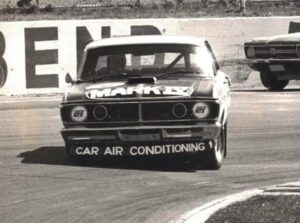
The GTHO Phase 3 is the bluest of Blue-Chip collector cars and has continued to set sales records
No car ever made in Australia commands the same reverence as the Ford Falcon GTHO Phase 3. It won Bathurst just once, but with a performance so dominant it left a bellowing V8 impression on the collective psyche of Aussie car lovers that has reverberated now for decades.
At a time when Ford-Holden rivalry was reaching its zenith, the Blue Oval camp was understandably reluctant to discuss the details of its latest Mountain Tamer, but recent publications quote outputs of 270-290kW in a car weighing slightly more than 1500kg.
GTHO Falcons had appeared at Bathurst twice before, for one win in 1970 and a loss in 1969. This time was different.
The XY-based car had been released in 1971 with the clear intention of winning the Bathurst 500 race. First though, its ability to reach an indicated 140mph on a public road was suppressed by a leading automotive magazine.
A year later, when political interference abruptly ended production of the Phase 4 GTHO, that editor’s decision proved wise.
The Phase 3 accordingly remained available and went on to dominate the 1971 Bathurst 500, with Allan Moffat’s works entry leading home two privateer GTHOs. Moffat then backed up in 1973 with a different Phase 3 to win the Touring Car Championship.
Ford Falcon GTHO Phase 3s are the bluest of Blue-Chip collector cars and have continued to set and revise sales records throughout their lifetimes. Late in the 1980s, excellent cars were worth $100,000 but by 2021 an exceptional example took the record to $1.1 million.
CHRYSLER E38/E49 CHARGER

Could the E38 and E49 Charger be the best car to never win at Bathurst?
Regarded as the best car never to win Bathurst, the Chrysler E49 Charger and its E38 predecessor were certainly given every opportunity.
Their 4.3-litre inline six-cylinder engine with triple Weber carburettors developed at least 226kW – fully 65kW more than the 3.3-litre XU-1 Holden Torana that would go on to beat the E49s and GTHO Phase 3s in what would be the final 500 Mile race held at Mt Panorama.
The addition of a four-speed gearbox for the E49 Charger over the E38’s three-speed, along with the optional long-range (160-litre) fuel tank meant the Chrysler coupes could match the Holden’s LJ Torana GTR-XU1 for distance between pit stops.
But what Chrysler’s race engineers couldn’t compensate for was the differences between the bigger and heavier Charger’s handling and general ease of operation, versus the smaller, nimbler Holden.
According to people who raced them, the Valiant behaved differently depending on whether you were turning left or right, and despite suspension settings being manipulated to quite extraordinary levels the Charger was always a more difficult car to drive quickly than the Torana.
Problems in the pits during the 1972 Bathurst 500 also cost it time, but given that this was the first enduro to be run at Mt Panorama in the rain, practically every team had at least one tale of misadventure.
And then there was the not insignificant matter of one of the Toranas being driven by a dark-haired young tearaway named Peter Brock, who went on to claim the first of what would become a record nine victories at the Mountain.
A total of 149 Charger E49s were made but, but only 22 were the revered ‘Big Tank’ cars. One of these was advertised several years back at $395,000 but never confirmed as sold. Others have sold over the years for less than $250,000.
FALCON XA-XB HARDTOP
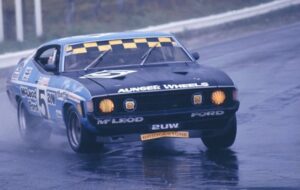
In 1974, John Goss and Kevin Bartlett battled appalling weather to bring their Falcon XA GT Hardtop home a winner
It may have looked too big to be a racing car and nothing like the pugnacious Holden Torana A9X hatch, but Ford’s burly Falcon Hardtops still took top honours three times at the Bathurst 1000.
The Hardtop that won in 1973 should rightly have been a Phase Four sedan, but that car would never race due to the public and political hysteria whipped up by media and politicians over the sale of high-performance homologation specials to the public. In addition, the regulations governing Bathurst’s new 1000km event were significantly altered.
From 1973, race cars would no longer need to be the same as the cars the public could buy in showrooms. A range of modifications were permitted over the standard car, which in the Hardtop’s case included widening of the inner mudguards to accommodate racing rubber, a larger carburettor, modified exhaust, suspension and brake upgrades.
Bathurst 1973 brought a win against all odds for Allan Moffatt/Ian Geoghegan in the Ford XA Falcon GT Hardtop, with a similar result in 1974 as privateers John Goss and Kevin Bartlett battled appalling weather to bring their older Ford Falcon XA GT Hardtop home a winner. For the second year running it was the only Falcon classified as a finisher.
Three years later came the iconic image of the staged 1-2 Falcon GT Hardtop finish, as orchestrated by Moffat Ford Dealers, with the team’s Ford XC Falcon GS 500 Hardtops crossing the line at little more than walking pace, led by team leader Allan Moffat on his way to his fourth Bathurst victory, ahead of Colin Bond trailing dutifully in second.
The Falcons, which were co-driven by Jackie Ickx and Alan Hamilton respectively, were well developed XB models sporting updated XC nose cones.
HOLDEN TORANA L34
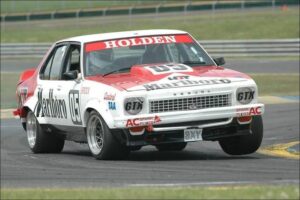
The L34 Torana that Peter Brock drove in the 1975 Bathurst 1000 was a significantly improved version of Holden’s SL/R 5000
Not for the last time, Peter Brock would start the 1975 Bathurst 1000 in a Holden with no factory backing and then go on to win.
The LH L34 Torana sedan that Brock and most other Holden runners in that event drove were significantly improved versions of Holden’s SL/R 5000, but still not without their problems.
They were a necessary improvement though, because the SL/R 5000s in 1974 had shown mechanical fragility which Holden’s engineers were desperate to redress.
Even then, the factory-backed Holden Dealer Team didn’t win but the L34 did and that car was driven by the estranged Peter Brock.
1976 brought even greater drama also involving a privately entered Torana. This time the lead driver was Bob Morris, running with British Touring Car Champion John Fitzpatrick. Morris pushed his L34 to the lead only to have a differential seal fail and force Fitzpatrick, who was driving at the time, to literally crawl the car across the finish line.
L34 Toranas haven’t been as popular with collectors as other Holden models that boast Bathurst history. An authentic car in outstanding condition was sold during 2022 by a Queensland dealer for $188,000; a figure more realistic than a different car being touted some years earlier at $750,000.
HOLDEN TORANA A9X HATCH
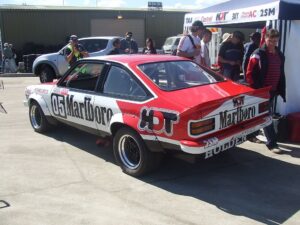
1978 brought the A9X its first success, with Peter Brock and Jim Richards winning by more than a lap (Image: car_spots_aus, licensed under CC-BY-2.0)
The A9X first appeared at Bathurst in 1977 as a sedan or hatchback. Most teams preferred the three-door which provided a great platform upon which teams could take their preferred approaches to race preparation.
Most prominent were the Holden Dealer Team cars, but equally capable of winning at Bathurst and other venues were cars fielded for Bob Morris, Allan Grice and the flamboyant Peter Janson.
In their first year, the A9Xs needed to make way for Moffat’s Falcons, but that was the last time a two-door Ford would beat a two-door Holden at the Bathurst 1000.
1978 brought the A9X its first success, with Brock and team-mate Jim Richards winning by more than a lap. A year later, again in an A9X, they returned to make history.
It is now part of Bathurst lore that Brock/Richards not only won the 1979 Bathurst 1000 by six laps – the biggest margin in the event’s history – but underscored the dominance and robust engineering of the A9X race car when Brock set a new race record on the final lap.
Just 100 A9X Hatchbacks were built, plus a handful of spare body shells. Despite being less common that Phase 3 GTHOs, the Toranas have so far proven to be less valuable as well, with only the occasional car in years past exceeding $500,000.
HDT COMMODORE VC-VL
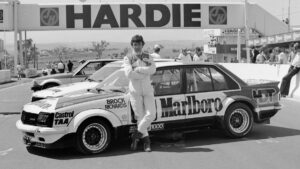
Peter Brock not only entered the 1985 and 1986 Bathurst 1000s with these cars, but also entered European events including the Spa 24 Hour race
Collectively described as ‘Big Banger’ Commodores, the VC-VK cars that dominated Bathurst during the era of Group C competition didn’t owe much at all to their road-going relatives.
Peter Brock’s organisation during the early 1980s was modifying Commodores for retail customers and it was cars like these that notionally provided the basis for race car construction.
In reality, many of the Commodores and Falcons running at Bathurst during those years had more humble origins and could have started life as taxi cabs or police cars.
Once international Group A regulations were adopted by the Bathurst 1000 organisers, HDT was able to present a vehicle with an Australian-made V8 engine and other compliant components that would be eligible for worldwide competition.
This car was the HDT VK Group A which was produced in a run of 500, all painted in distinctive Formula Blue. Brock not only entered the 1985 and 1986 Bathurst 1000s with these cars but appeared at European events including the Spa 24 Hour race. However, it was the VK Commodore of Allan Grice/Graham Bailey that in 1986 brought the VK Commodore’s only Bathurst 1000 victory.
A year later, running against the might of Europe’s Group A juggernaut, Brock crossed the line third in a VL Group A then had a lengthy wait before the two German-based Ford Sierras ahead of him were disqualified for a range of rule breaches.
HSV VL GROUP A

Swamped by Sierras, Nissans and the odd BMW, Holden Special Vehicles was deemed unlikely to win the 1990 Bathurst 1000. The cars it fielded were a two year old design, based on the ‘Walkinshaw’ VL Group A.
Fastest of the Holden Racing Team qualifiers and the eventual winner was crewed by Allan Grice/Win Percy but it could only manage 10th place in the qualifying shootout. A similar car driven by Larry Perkins started 6th and finished 3rd on the same number of laps as Grice/Percy.
The real winning came decades later, though, as collectors turned their attention to mint examples of the VL Group A. Although these cars weren’t particularly scarce, the Panorama Silver Commodores found their niche in the market for significant Australian automotive designs.
Road going versions were built in two batches for a total of 750 cars. The second lot, numbering 250, proved very hard to sell and some remained in dealer showrooms long after the VL had been replaced.
The highest open market price achieved by a road version was more than $300,000 and that car remains available at $575,000.
Also sold several years ago was the actual Bathurst winner, which went to an anonymous buyer for around $500,000.

